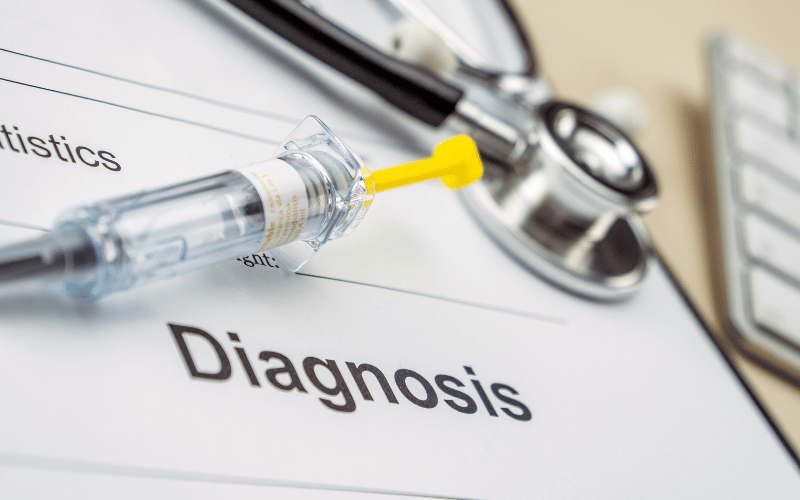Fact 7: Diagnosing Gaucher’s Disease – Beyond Symptoms

Diagnosing Gaucher’s Disease goes far beyond a mere tally of symptoms. It’s a meticulous process involving a series of investigations designed to paint a comprehensive picture of the condition’s impact on the patient’s body.
The diagnosis usually begins with a thorough clinical evaluation, including a detailed patient history to identify any symptoms and health issues. Physicians will often conduct physical examinations to check for common signs of Gaucher’s Disease, such as an enlarged spleen or liver.
While the clinical evaluation offers valuable insights, laboratory tests provide definitive diagnosis. The first line of investigation is an enzyme assay to measure the activity of the enzyme glucocerebrosidase. Lower than normal enzyme activity is indicative of Gaucher’s Disease.
Further confirmation comes from molecular genetic testing, which can detect mutations in the GBA gene. This test not only confirms the diagnosis of Gaucher’s Disease but also identifies carriers of the GBA mutation and informs genetic counseling.
The meticulous approach to diagnosing Gaucher’s Disease underscores the complexity of the condition. A swift and accurate diagnosis is crucial for planning a tailored treatment strategy and providing much-needed answers to patients and their families. (7)